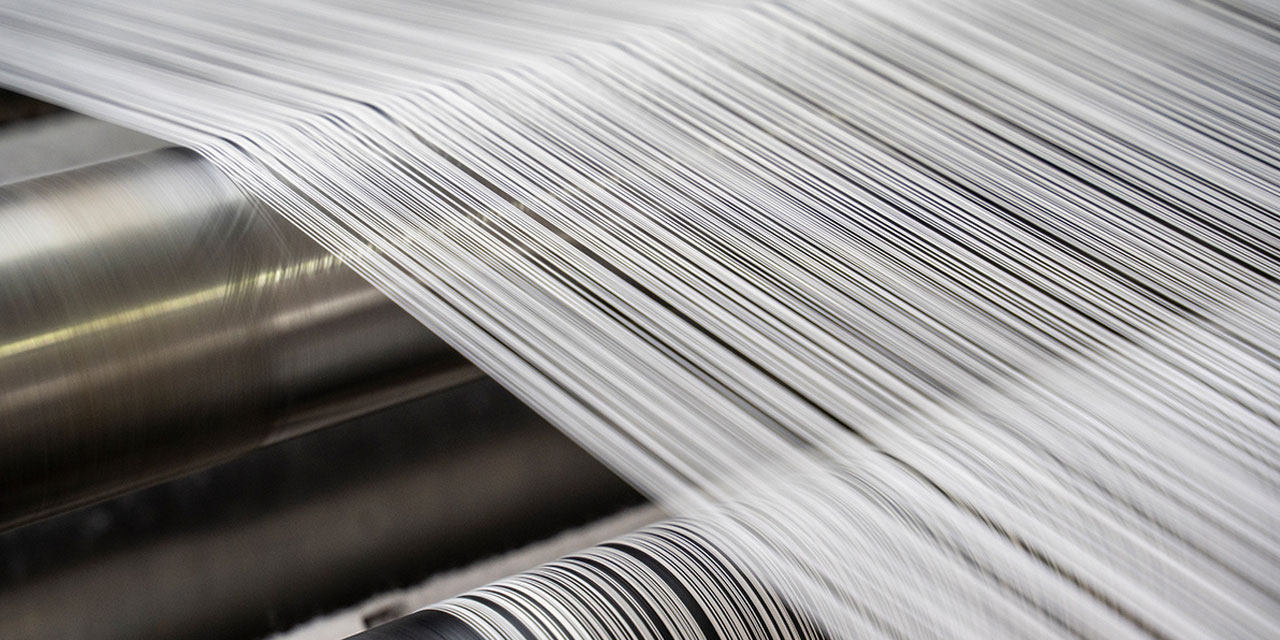Introduction: What is a Sulfosuccinate Surfactant?
Sulfosuccinate surfactants are a class of anionic surfactants known for their exceptional wetting, emulsifying, and dispersing properties. In textile manufacturing, these surfactants are valued for their high detergency, low irritation profile, and biodegradable nature, making them the ideal choice for export-compliant and environmentally responsible processing.
One of the most widely used sulfosuccinates is Disodium Lauryl Sulfosuccinate, a core ingredient in many wetting agents and emulsifiers supplied by Pacific Texchem Pvt. Ltd., India’s leading manufacturer and exporter of specialty textile chemicals.
What Makes Sulfosuccinates Unique in Textile Chemistry?
- Excellent Substrate Wetting: Rapidly penetrates hydrophobic fabrics like polyester and nylon.
- Stable Across pH Ranges: Performs effectively in acidic and alkaline baths.
- Low Foaming Profile: Suitable for high-speed, low-foam dyeing operations.
- Eco-Friendly & Mild: Biodegradable and gentle on skin — meets EU and ZDHC compliance.
- Resin Compatibility: Ideal for pigment printing and finishing baths.
Applications of Sulfosuccinate Surfactants in Textile Mills
- Scouring & Pre-treatment
Breaks down oils, waxes, and sizing agents from synthetic and natural fibers.
- Dyeing and Printing
Enhances dye penetration and uniformity, especially for direct and reactive dyes.
- Soaping & Washing Off
Removes unfixed dyes and prevents back-staining — essential for bright shades and whites.
- Pigment Dispersion
Used in printing pastes to maintain viscosity and pigment suspension.
- Emulsification in Resin & Silicone Baths
Provides excellent emulsion stability without affecting softness or hand feel.
Why Global Textile Mills Are Switching to Sulfosuccinates
Environmentally Compliant
Meets ZDHC, REACH, and GOTS criteria. APEO-free and biodegradable.
Safe and Mild on Skin
Ideal for garments and home textiles with skin-contact applications.
Works in Low & High Temperatures
Can be used in cold pad batch as well as high-temperature jet dyeing processes.
Multipurpose Efficiency
Combines scouring, emulsification, and wetting in a single formulation — saving cost and time.
Pacific Texchem’s Sulfosuccinate-Based Solutions
Here are some top-performing Pacific Texchem products formulated with sulfosuccinate chemistry:
- Alcofin DOSS 35
- INCI: Dioctyl Sodium Sulfosuccinate
- Type: Anionic Surfactant
- Applications: Wetting agent for textiles, dispersant for inks, emulsifier for resins
- Disodium Lauryl Sulfosuccinate (DLS)
- Type: High-performance wetting agent
- Use Case: Scouring agent for cotton and polyester blends, suitable for sensitive fabrics
- Diisobutyl Sulfosuccinate
- Formulation Use: Penetrant for fabric, pigment dispersion, defoaming in continuous dyeing
- Ditridecyl Sodium Sulfosuccinate
- Benefits: Excellent emulsification, low-foam profile, ideal for resin finishing lines
Technical Specification Snapshot
| Product Name | Form | Application Area | Highlights |
|---|---|---|---|
| Alcofin DOSS 35 | Liquid | Wetting/Emulsifier | APEO-Free, High Penetration |
| Disodium Lauryl Sulfosuccinate | Liquid | Wetting/Scouring | Mild, Biodegradable |
| Diisobutyl Sulfosuccinate | Liquid | Pigment Dispersion | Penetrant + Dispersant + Defoamer |
| Ditridecyl Sodium Sulfosuccinate | Liquid | Resin Finishing & Pre-treatment | Ultra-low foam, resin stable |
Suggested Image Placements
- Above “Applications” section – Diagram showing sulfosuccinate molecular structure and its interaction with fabric fibers.
- Before “Buyer FAQs” – Image showing side-by-side: untreated vs sulfosuccinate-treated fabric in a dye bath.
Buyer’s Guide: Choosing Sulfosuccinates for Your Mill
- Look for low-foam, fast-wetting grades for jet dyeing
- Prioritize biodegradable, non-APEO formulations
- For pigment and print applications, use dispersant-grade sulfosuccinates
- Use in combination with sequestering agents for hard water environments
Voice Search Optimized FAQs
Q1. What is sulfosuccinate surfactant used for in textiles?
A: It’s used for wetting, scouring, and dispersing functions in dyeing, printing, and finishing.
Q2. Is Disodium Lauryl Sulfosuccinate safe for sensitive fabrics?
A: Yes. It is mild, biodegradable, and skin-friendly, making it ideal for babywear and undergarments.
Q3. Does it work in continuous processing lines?
A: Absolutely. Pacific Texchem sulfosuccinates are engineered for both batch and continuous systems.
Q4. How is it different from sulfate surfactants?
A: Sulfosuccinates are milder, have better substrate wetting, and are more eco-compliant.
Q5. Can it be used in pigment printing pastes?
A: Yes. Sulfosuccinates help disperse pigments uniformly without thickener instability.


